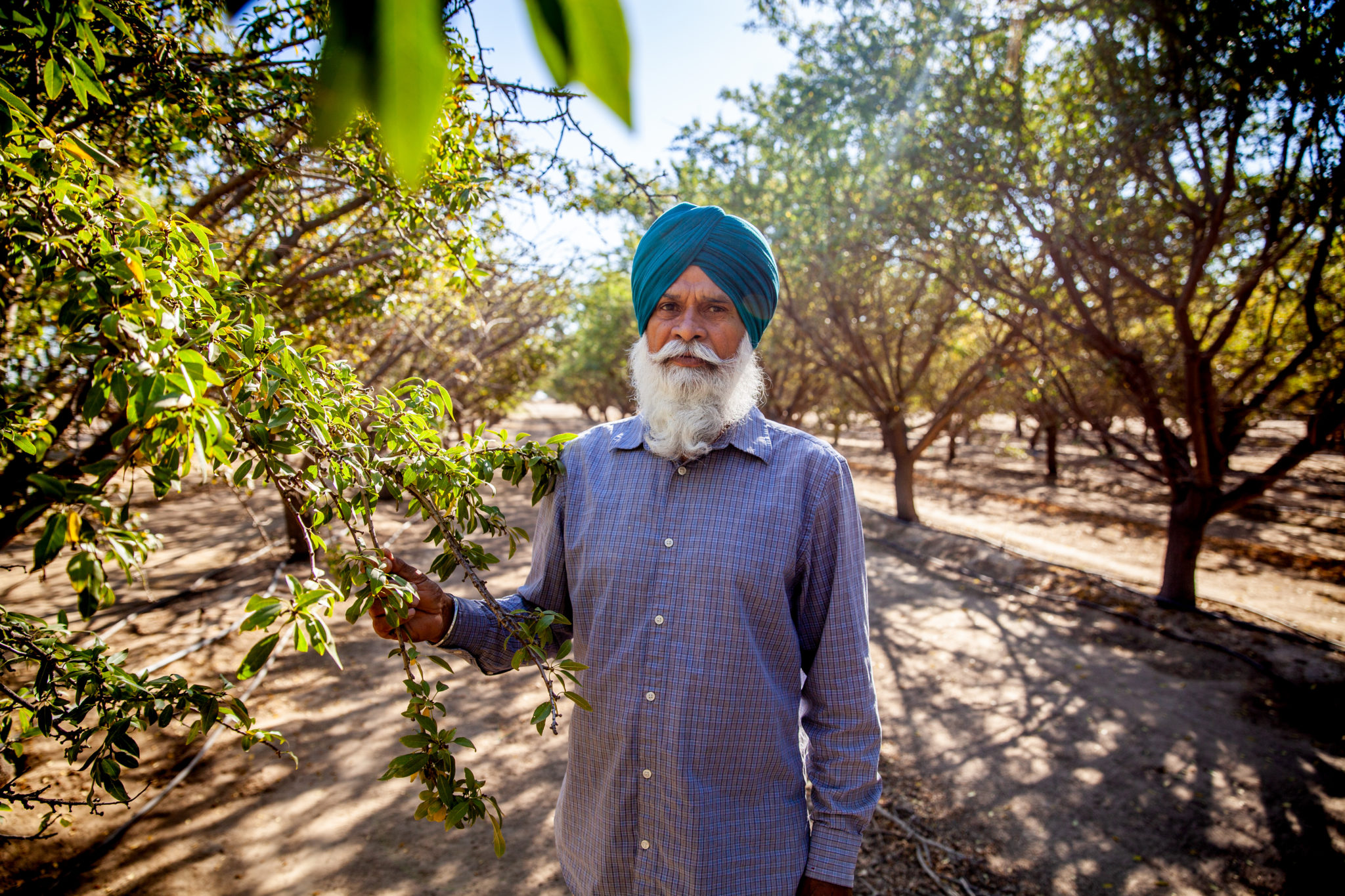Research Report
The California Healthy Soils Program: Perspectives from Punjabi Farmers
Farm size, land tenure, and access to technical expertise are major barriers that prevent participation in the Healthy Soils Program for many farmers, especially farmers of color.

In 2017, the California Department of Food and Agriculture launched the Healthy Soils Program (HSP). As drought, climate change, and overdrafted groundwater reserves put pressure on California farmers, the Healthy Soils Program would incentivize farming practices that help absorb more water in the soil, sequester carbon, and reduce greenhouse has emissions.
The program’s first funding allocation was $7.5 million in 2017, followed by $15 million in 2018 and $28 million in 2020. In 2021, the program got a major funding boost of $75 million. However, the demand for the program also increased significantly with a total of 1,328 applications for total funding requests in excess of $90.5 million during the same period. But as the program grows more popular, it’s becoming evident that it has an equity problem.
It has been well-documented, including in internal CDFA reports on equity, that farmers of color, women farmers, and other immigrant farmers face barriers in accessing HSP funding. In a new report published by the Berkeley Food Institute, I research the experiences of Punjabi farmers in California seeking participation in the program, to better understand some of the challenges they face in adopting healthy soil practices and accessing HSP funding.
While farmers in California have strong motivations to adopt healthy soil practices, there are structural barriers that prevent participation in HSP. These barriers include farm size, land tenure, and access to technical expertise, especially for farmers of color and other minority group farmers. These obstacles exist for many mid-scale and even large-scale farms. However, they disproportionately affect smaller-scale and socially disadvantaged farmers, as my analysis shows.
Based on the need for equity in the program as well as making the application more farmer-centric, my report offers the following policy options are recommended to improve the CDFA Healthy Soils Program:
- Make equity-focused administrative improvements to the next round of HSP based on public comments and feedback from stakeholders. This policy option includes 1) introducing a merit-based application assessment, 2) ending first-come, first-served application processing, 3) allowing farmers with short-term land tenures to participate in the program, 4) granting flexibility to farmers in practice implementation, 5) giving TAPs enough time to conduct outreach before opening applications for future HSP rounds, 6) translating HSP materials and applications into multiple languages, and 7) streamlining an application process that is user friendly.
- Conduct a targeted participatory block grant pilot with a focus on Punjabi Farmers in partnership with delivery partners. CDFA can partner with University of California Cooperative Extension, the Punjabi American Growers Group, as well as the USDA Natural Resources Conservation Service program to deliver this block grant. There is precedence for similar block grant pilots under CDFA’s SWEEP and Pollinator Habitat programs, which demonstrates that this option is politically and administratively feasible.
This report was conducted as part of the program of professional education at the Goldman School of Public Policy and submitted in partial fulfillment of the course requirements for the MPA degree.